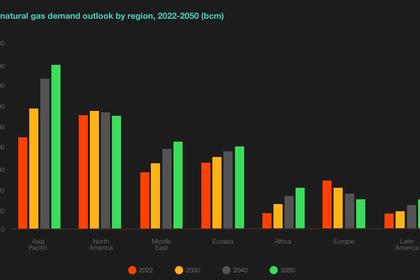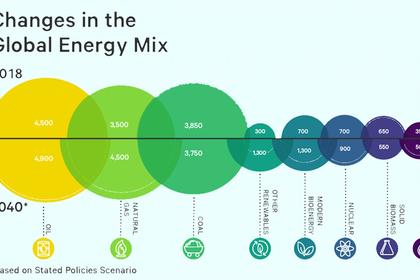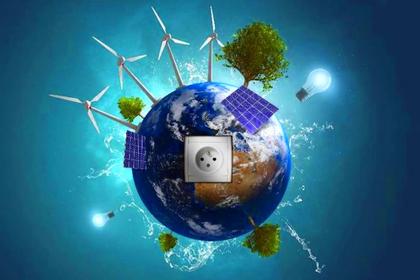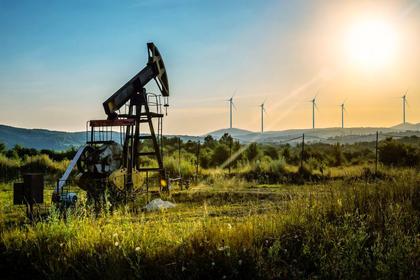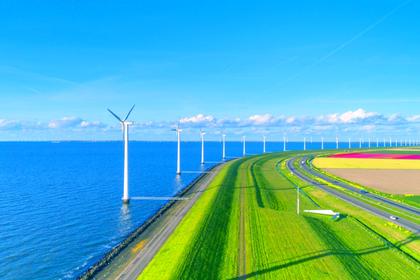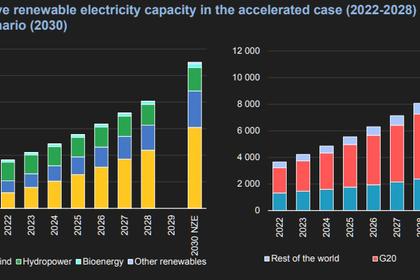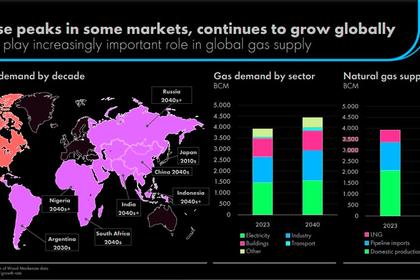
GLOBAL GAS DEMAND RISE
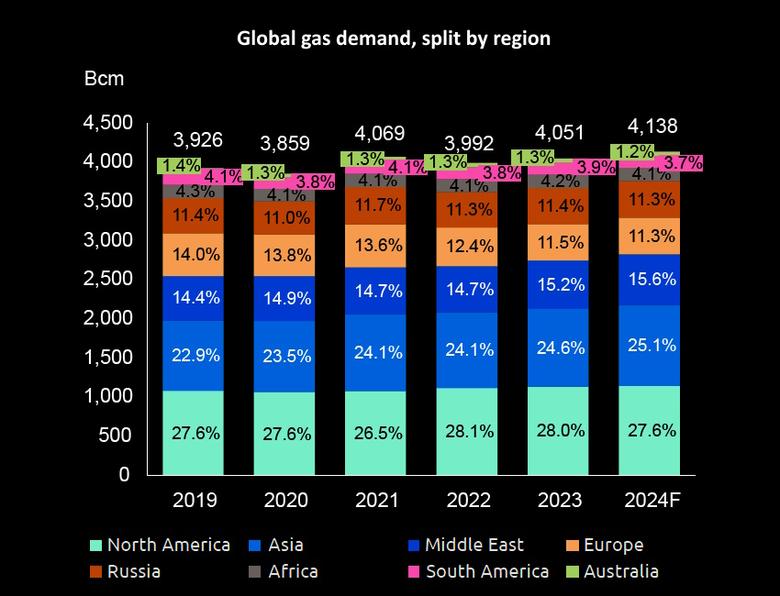
IGU - August 27, 2024 - GLOBAL GAS REPORT 2024
Executive Summary
Global gas demand sustained its growth in 2023, increasing 59 Bcm (1.5%) from 2022. This trend is expected to continue in 2024 with a further estimated ~87 Bcm (2.1%) rise in demand. Asia’s strong demand growth continues to drive growth in global gas imports, while growth in exports from North America and the Middle East have been in the driving seat of the global supply growth. Although global gas markets have stabilised from record volatility and prices seen in 2022, they remain fragile as concerns about energy security persist. As 2023 became another record emissions and coal use year, it is important to highlight that shifting from coal to natural gas is a readily available, cost-effective, and affordable way to cut emissions by around 50% immediately. It is crucial to emphasize that this step should be taken alongside, not instead of, ongoing efforts to expand renewable energy, enhance efficiency, and scale up all emission-free energy sources that are technologically and economically viable.
It is also crucial to underline the importance of low-CO2 gas technologies such as biomethane, zero- and low-CO2 hydrogen, and CCUS. Currently, biomethane production is concentrated in North America and Europe, with emerging production markets in China and India. Zero- and low-CO2 hydrogen production, albeit small in scale, is poised for a rapid annual growth of 45% from 2023 to 2030, if pre-FID projects currently in the pipeline materialise. Today, both biomethane and hydrogen volumes are small, with biomethane constituting roughly 1% of global natural gas supply volume and hydrogen not yet sufficiently present in the energy use market. Similarly, CO2 capture capacity (CCUS) is set to grow by 42% annually, with 86% of the 2030 pipeline dependent on pre-FID projects.
These technologies are expected to play critical roles in the decarbonisation of energy, as they enable low-CO2, reliable, and flexible gaseous energy to fuel sustainable, secure, and affordable future energy systems. The importance of ensuring the continued flow of dense, efficient, flexible, and reliable gaseous energy is particularly pertinent, as global energy demand has been consistently growing, not only in the developing but also in the developed regions of the world, despite energy efficiency gains and structural decline in some sectors. Moreover, recent global shifts, such as the increasing adoption of artificial intelligence (AI) and rising temperatures, will spur power demand from data centres and cooling respectively, also impacting gas demand dynamics. These trends are challenging the assumptions of energy demand growth drop off that various institutions make in their demand scenarios. If global demand continues to grow as it has in recent years, future demand is likely to overshoot many of the world’s major 2030 demand reduction targets. If energy demand were to maintain the growth rate observed between 2021-2024, the approximately 2.7% annual increase towards 2030 would significantly outpace most major scenarios assessed in this report (ranging from –0.2% to 1.7%). Even if global energy demand continued to develop at the relatively lower rate of growth observed in the past 10 years, the 1.8% annual increase would surpass scenario assumptions. In this era of uncertainty, continued investment in gas and its infrastructure, accelerating investments in low- and zero CO2 gas technologies along with other clean energy supply, and ramping up energy saving, is essential for providing reliable, sustainable, and affordable energy into the future.
-----
Earlier:
